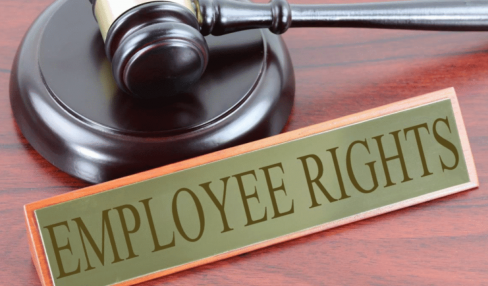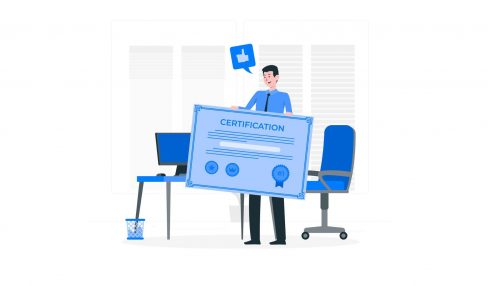5 Steps To Credit Card Debt Elimination
06 May 2025
5 Mins Read

Credit card debt has become a pervasive issue in the United States, affecting millions of individuals and families. With the average American carrying a credit card debt of around $7,200, the burden can feel overwhelming.
The high interest rates associated with credit cards can quickly escalate a manageable debt into a crippling financial situation.
Many people find themselves trapped in a cycle of minimum payments, only to see their balances barely decrease. This article will explore practical and effective steps for credit card debt elimination, empowering you to reclaim your financial freedom.
The overwhelming problem of credit card debt in the USA

Using credit cards in the United States has changed a lot over the years. Earlier, this was used as a convenient tool to manage your expenses, but now it has turned into a liability for many.
According to recent studies, a good number of Americans are struggling to keep up with the payment of their credit cards.
There are various reasons behind it, like job loss, unexpected medical expenses, and a change in lifestyle.
Carrying a debt can cause emotional stress and financial strain, leading to stress, anxiety, and depression. The reality is that credit card debt is no longer just a personal issue, but has a huge impact on the economy.
As consumers find it difficult to pay their debts, their spending decreases and this slows down economic growth.
It is important to address this issue, not just for individual well-being and the overall health of the economy.
Credit Card Debt Elimination: How To Do It?
Eliminating credit card debt may seem daunting, but with a structured approach, it is entirely achievable.
Here are four effective strategies to help you take control of your finances and work towards credit card debt elimination.
Prepare a Budget
If your goal is to achieve financial freedom, then you have to start by creating a realistic budget.
- Start by tracking your income and expenses for one month, and you will know where you are spending most of your money.
- Categorize the spending into essentials like food, housing, and transportation, and non-essentials like entertainment and dining out.
- When you have a clear picture, then identify the areas where you can hold back. This means you might have to dine out less frequently or choose some affordable modes of entertainment.
The key to making a successful budget is consistency. Stick to your budget and make changes if necessary. This will help you save some extra funds and allocate them towards paying your debt.
Try Different Debt Paying Off Methods
There are two popular methods of paying off debt, and those are the debt avalanche method and the debt snowball method.
The debt snowball method is all about paying off the smallest debts first and making minimum payments on larger debts.
This way, you will have small wins and this will also boost your motivation as you see the debts reduce.
On the other hand, the debt avalanche method needs you paying the debt off with highest interest rate first, and then save money in the long run.
Both these methods have their own merits, and the choice finally depends on you and your financial situation.
However, no matter what process you choose, you have to be committed and consistent in your efforts.
Try To Negotiate
Most people are unaware that you can actually negotiate your credit card debt with your creditors.
If you are unable or struggling to make payments, you can reach out to the company and discuss your situation with them.
They could lower your interest rate, or reduce the amount of monthly payment, or even settle for a lesser amount if you pay the amount at once.
It might be intimidating, but you should always approach the conversation calmly and prepare well to explain your circumstances.
You never know how willing the creditors will be to work with you. More so, if you have a history of paying your debts on time.
Take Help From a Professional
If you are overwhelmed by your credit card debt, seek help from a professional. This could be the best course of action you make. You will get help with the following:
- Budgeting
- Debt management
- Negotiation with creditors
This will also help you get a personalized plan depending on your financial condition. Moreover, if you have a huge debt, you can also choose options like bankruptcy or debt consolidation.
These choices come with different kinds of implications, but these can actually provide a fresh start. It is better that you consult with an attorney or financial advisor to help you navigate.
Prepare a Debt Management Plan
If you are considering a debt management plan, you will need a certified professional to guide you through the process.
A DMP, or debt management plan, breaks down your debt into monthly payments. The counselor will help you through the following:
- They will work with you and figure out how much you should pay every month.
- Negotiate with the credit card companies to adjust the terms of repayment.
- Accept the monthly payments and then distribute them to the creditors.
This plan will help you eliminate the need to manage different due dates and payments. This will help you meet the debt obligations without having to worry about harassing calls or late fees from the debt collection agencies.
Even though this is a powerful tool and will help you manage and track your finances, it is not something for everyone. There are some cons of this plan as well.
Consider Other Debt Management Resources
Credit card debt elimination can be done through various processes. However, it is important that you do not run up the balance again.
Moreover, if you are finding it difficult to afford daily necessities, you can try for different benefit programs that will help you pay for your daily necessities.
Also, it is best to lower your bills and other living expenses. This will help you free up some cash and help you eliminate your debt.
Prepare a budget for your daily expenses and try to stick to it as much as you can.



















Comments Are Closed For This Article